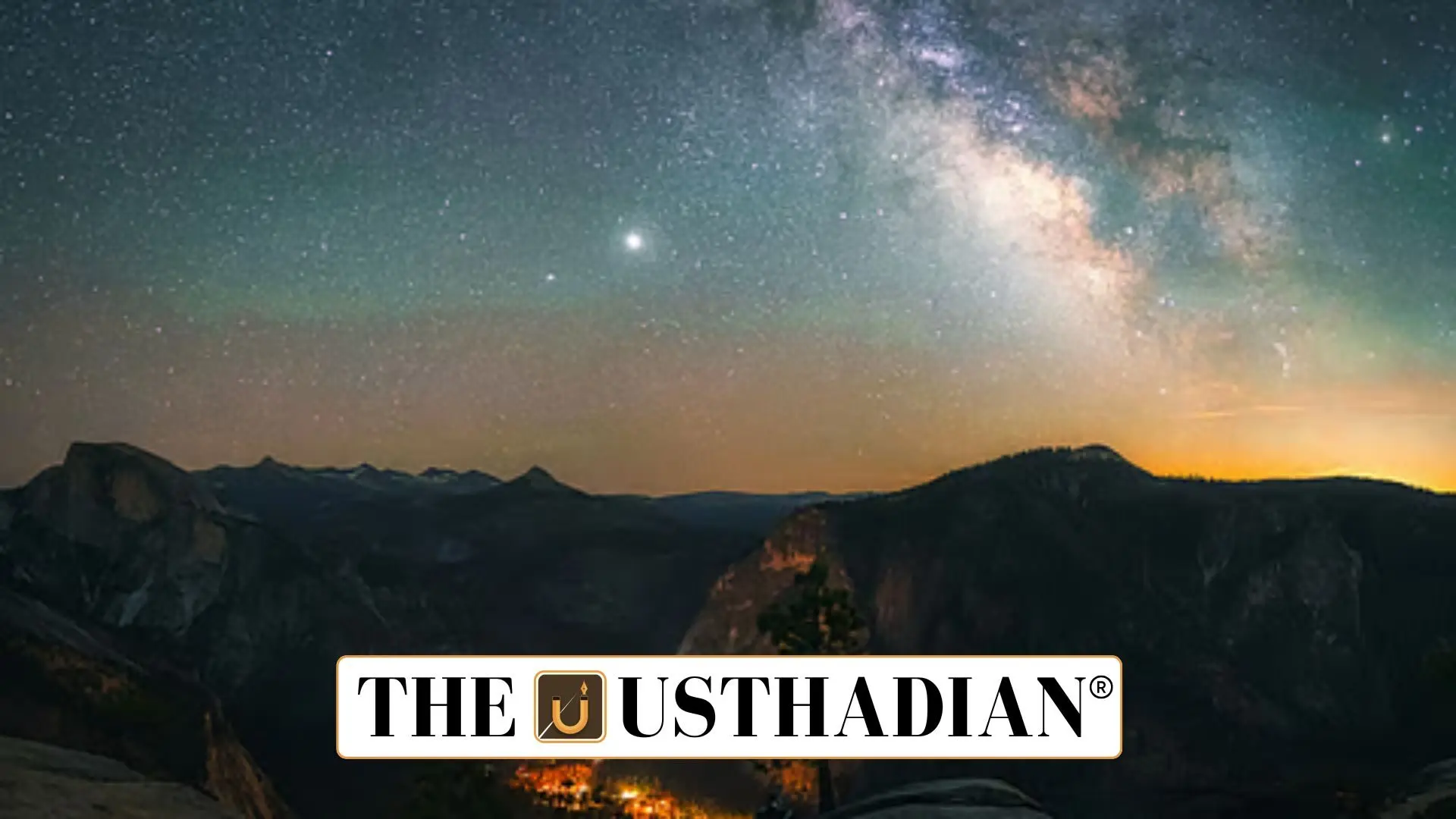First step into astro tourism
Ladakh Astro Tourism Festival Opens New Frontiers in Scientific Tourism: Ladakh has launched its first-ever Astro Tourism Festival in Leh. This event is a strategic move to blend science and tourism, making use of Ladakh’s unique geographical features—high altitude, dry climate, and low light pollution.
The festival was organized jointly by the Department of Tourism, Ladakh and the Indian Institute of Astrophysics (IIA), Bangalore. It also saw participation from Kashmir University and experts from ISRO.
Why this festival matters?
The festival helps position Ladakh as India’s top location for astro tourism. This emerging form of travel combines stargazing, scientific learning, and eco-tourism. It responds to increasing public interest in space science and efforts to build science-based tourism circuits.
Static GK fact: India’s first Dark Sky Reserve was declared in Hanle, Ladakh, in 2022.
Highlights of the festival
The two-day event included night sky observation sessions, expert talks, and interactive experiences. The University of Ladakh campus in Leh was the primary observation venue. Tourists used telescopes to spot planets, constellations, and even distant galaxies.
The Hanle Dark Sky Reserve—recognized globally for its pristine skies—was featured as a key site for deep-sky observation.
Expert participation
Astrophysicists from ISRO, scientists from the Indian Institute of Astrophysics, and academicians from Kashmir University led multiple sessions. These talks covered topics like star formation, galaxy types, and the future of space missions.
Static GK fact: The Indian Astronomical Observatory at Hanle is one of the world’s highest observatories, operating optical and gamma-ray telescopes.
Strategic goals
The event had clear objectives:
- Promote Ladakh as a hub for scientific tourism
- Integrate space science into popular travel experiences
- Encourage public engagement with astronomy
- Boost the local economy through sustainable tourism
It also aimed to build scientific temperament among students, locals, and visitors.
Ladakh’s natural edge
Ladakh’s geography gives it a rare advantage for astro-tourism:
- High altitude (over 3,000 meters above sea level)
- Dry weather with minimal cloud cover
- Low light pollution, ideal for stargazing
These features make it comparable to top global astro-tourism spots.
Static GK Tip: Astro tourism is gaining momentum globally in areas like Atacama Desert (Chile) and Mauna Kea (Hawaii)—regions with similar sky clarity.
Future prospects
The success of this festival opens doors for future collaborations between scientific institutions and tourism bodies. It may lead to new astro-tourism circuits, training programs, and infrastructure projects in the region.
Static Usthadian Current Affairs Table
Ladakh Astro Tourism Festival Opens New Frontiers in Scientific Tourism:
| Fact | Detail |
| Event | Ladakh’s First Astro Tourism Festival |
| Location | Leh and Hanle Dark Sky Reserve |
| Duration | Two days |
| Organized by | Department of Tourism, Ladakh & IIA, Bangalore |
| Key Support | ISRO scientists, Kashmir University |
| Observation Site | University of Ladakh campus, Hanle |
| Highlight | Night sky observation through telescopes |
| Static GK Fact | Hanle is India’s first Dark Sky Reserve (2022) |
| Observatory Info | Hanle hosts one of the world’s highest astronomical observatories |
| Objective | Promote scientific tourism and astronomy awareness |








